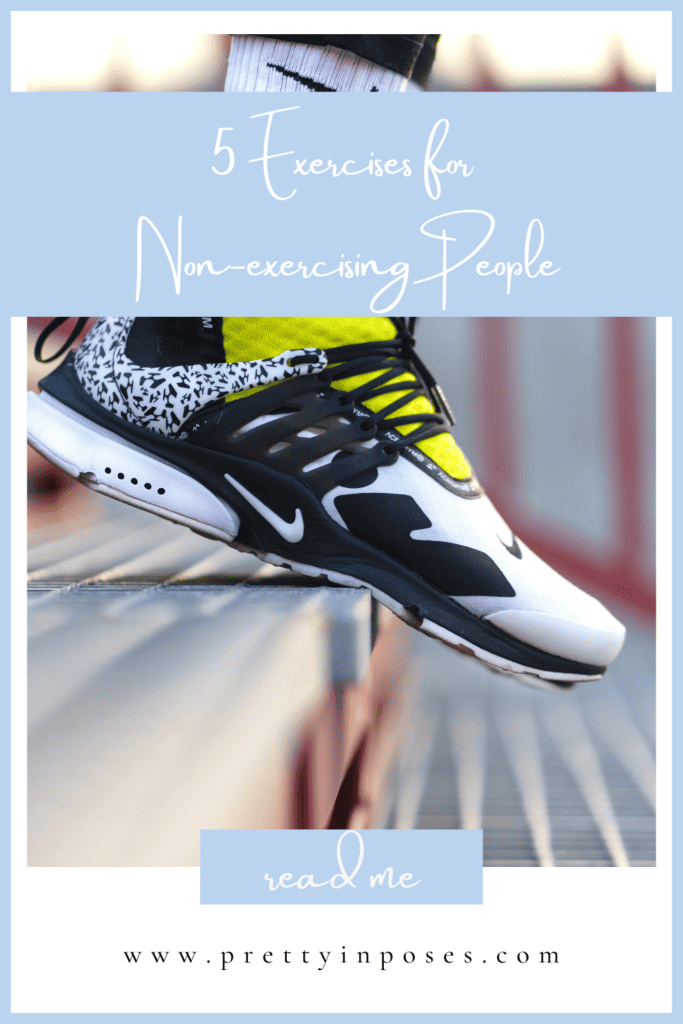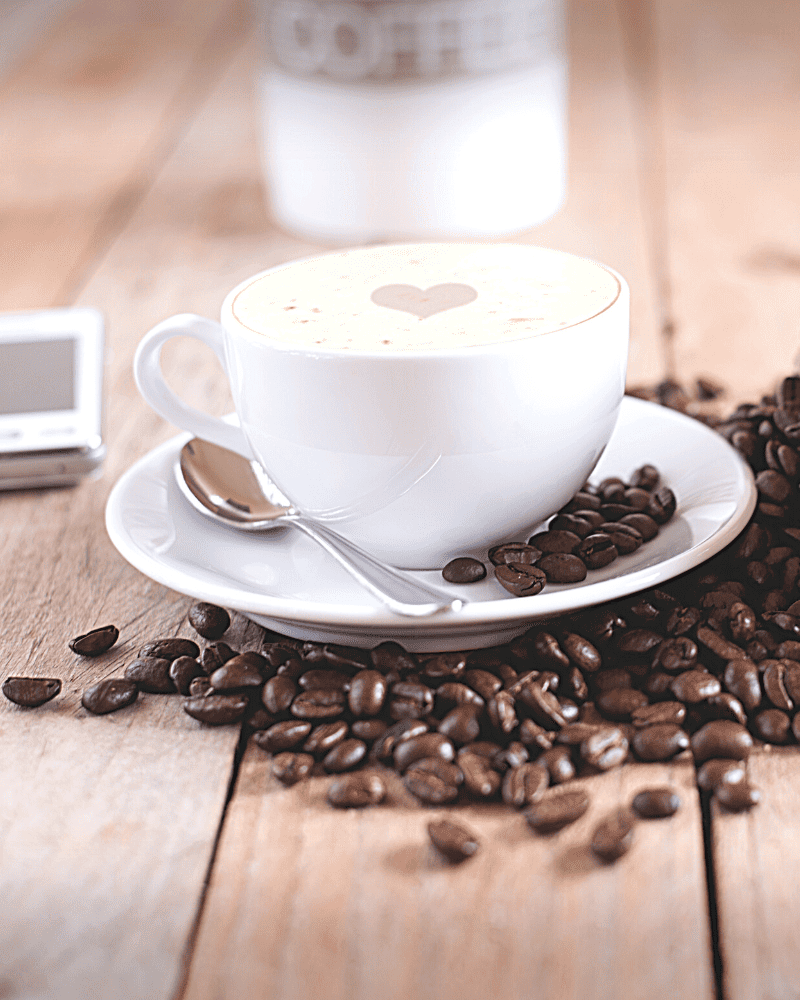Life should only get better as we age. However, many seniors don’t get enough exercise which may be seriously devaluing their quality of life. Luckily, this problem can be alleviated with just a few simple movements. Here are 5 daily exercises for older people to help preserve the body as it ages.
Benefits of Exercise
There are numerous benefits to working out, particularly for older people who may have a greater susceptibility to fragility and illness.
With exercise, many health issues that develop later in life can be minimized. Here are some advantages individuals may gain from regular physical movement:
Exercise Increases Bone Health
According to the US Department of Health and Human Services, 1 in 10 adults ages 50 and older suffer from osteoporosis.
A condition that causes bones to become weak and brittle. However, if performed regularly, physical activity increases the density of bones making them stronger and thus harder to break.
Exercise Boosts Heart Health
A report published in the American Heart Association journal -based on figures in 2016- stated that 48% (that is 121.5 million) of adults in the United States had cardiovascular disease.
However with frequent exercise, the risk of heart disease decreases, and cardiovascular health is supported overall.
Exercise Improves Mental Health
In 2019, according to Mental Health America, just before the COVID-19 pandemic, nearly 20% of adults (roughly 50 million people) experienced a mental illness.
However, participating in an active lifestyle and exercising consistently can lead to various improvements in your mental state.
Daily Exercises for Older People
These exercises were chosen because they engage the majority of muscle groups within the body that are required for daily movement.
They’re also incredibly quick, simple to do, and safe enough to practice continuously regardless of age.
Finally, they encourage overall strength, flexibility, and stability.
Jumping Jacks
Jumping jacks are a great full-body exercise. Combining both cardio and resistance, they work a series of muscle groups in the legs, glutes, core, hips, shoulders, and arms.
Excellent for weight loss, jumping jacks also build muscle and improve bone density along with cardiovascular health. Additionally, this exercise promotes emotional and mental well-being.
They’re ideal specifically for people suffering from edema, a medical term for swelling caused by fluid inside body tissue.
Common among older adults, edema affects around 4 million people in the U.S. and is often a symptom of an underlying condition such as kidney damage or heart failure.
It can even be due to inactivity. Getting the body moving in areas where edema tends to be a problem (like the legs) may help circulate the fluid back to the heart.
Jumping jack is an exercise that should be practiced daily even if you have to do the modification.
Forearm Plank
A forearm plank is perhaps one of the most well-known and best full-body exercises anyone can do. Planks strengthen everything from your back, shoulders, arms, legs, and abdominals.
They also improve your posture which could be a big help in reducing the risk of back injuries. The great thing about planks is that they could be performed in a stationary position or motion.
Both are considered cardiovascular exercises but moving planks can elevate your heart rate higher than the former and may be more effective for overall heart health.
Planks are also amazing calorie burners. A person could potentially burn between 2 and 5 calories per minute.
Doing planks regularly could help reduce blood pressure and lower the risk of heart disease.
Squats
Perhaps one of, if not the most, essential exercise for older people is the squat.
Squatting is a very important action that people encounter daily such as when using the restroom, sitting in a chair, or taking a bath.
Unfortunately, if not practiced often enough, the ability begins to atrophy with age.
Nonetheless, it’s never too late to incorporate them into a good workout routine, and modifications may be when needed, such as performing wall squats.
Squats can build muscle in the upper and lower regions of the body—particularly the hip muscles, calves, glutes, and hamstrings.
This exercise also helps you burn calories, improve flexibility, as well as strengthen muscles and bones, thus reducing the risk of injury.
Hip Bridges
Hips provide a sense of stability supporting everyday movement and balance.
If the muscles in the hips were to grow weak, individuals would have a difficult time performing routine tasks such as standing, walking, climbing, bending, and squatting.
As the body ages, the hips can weaken to a degree where the loss of balance and injury is likely.
Performing an exercise like hip bridges or glute bridges (as they are also called), can provide a wealth of benefits.
Hip bridges build up the muscles in the legs, glutes, lower back, and core which is already a huge advantage for older people.
However, bridges can additionally strengthen the core and improve posture by giving the body the stability it needs to align the spine.
Lastly, hip bridges prevent the risk of injury to your connective tissue and joints.
Push-Ups
Push-ups are the quintessential exercise found in just about every full-body exercise routine there is and for good reason. They work multiple muscle groups simultaneously.
From the chest, shoulders, arms, abdominals, hips, and legs, push-ups literally use muscles all over the body.
Push-ups burn calories, increase flexibility, improve spinal alignment, and build muscle as well as bone density.
They’re also enormously beneficial for the heart. A 2019 study published in JAMA Network found a link between the number of push-ups performed in under 30 seconds and a lower risk of heart disease.
This exercise is also one that can be easily modified whether for beginners or more advanced practitioners.
Just Get Moving
It is never too late to get up and move. The body is unbelievably resilient and adaptable. Keeping it in tip-top shape can diminish the effects of aging and illness.
Every exercise on this list can be done wherever and with or without weights (though weights are always encouraged). How long you practice is also your choice.
The only thing that matters is that you get the body moving if not every day then at least three times a week.
P.S. Looking for more exercise ideas to include in your beginner’s workout plan check out: 5 Exercises for Non-exercising People.







Leave a Reply